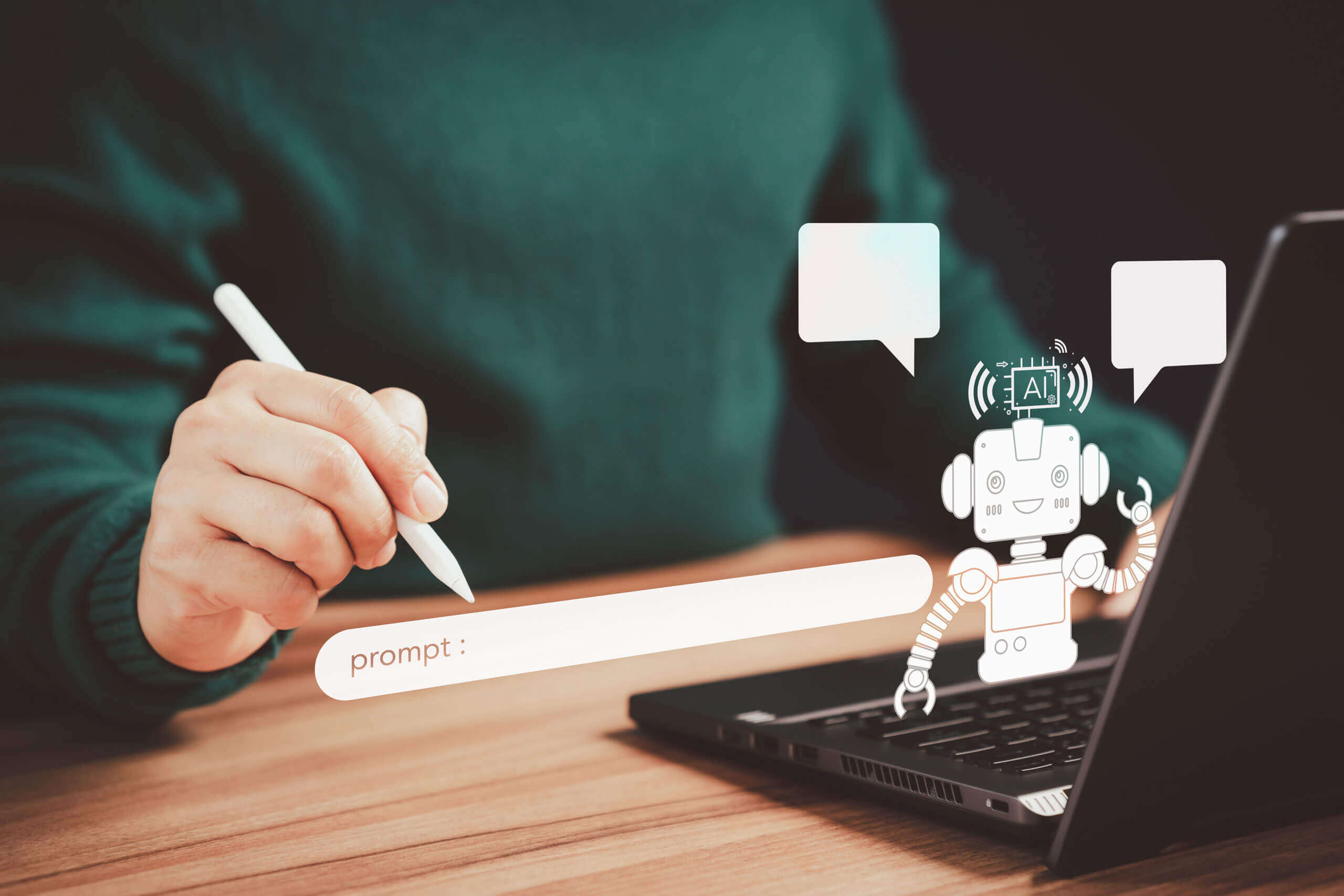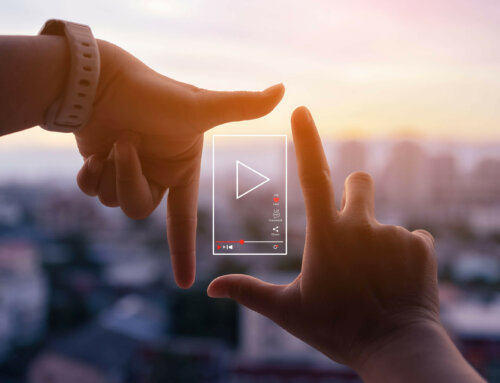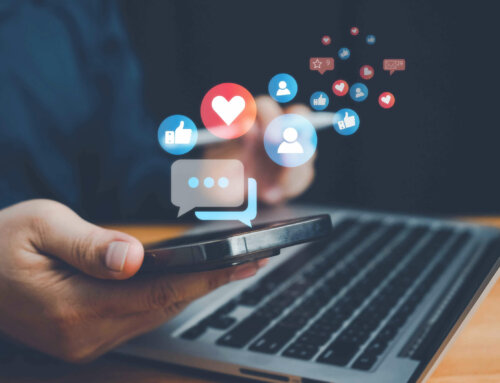
Though hardly new, AI seems to have exploded onto the scene overnight. Since the launch of ChatGPT-3, AI has become arguably the most talked about technology, with every industry looking at how to integrate it into their products, services, and workflows effectively.
As for marketing, there are many ways in which artificial intelligence is already starting to be used. Some are hugely convenient and helpful, while others are more problematic.
While every marketer should be familiarizing themselves with the advancements of AI, it’s equally important to learn how to safely use AI if you choose to start integrating it into your workflow. This guide delves into some of the different uses of AI in marketing and how to ensure that it is implemented safely and ethically.
What are some ways AI can be used within marketing?
New AI tools are constantly being developed to help marketers. Some of the most prominent uses for AI in marketing right now include:
Collecting data analytics
AI can create real-time analytical reports using website traffic metrics, advertising performance stats, email open rates, and customer app usage. Not only can AI record this data, but it can filter out unimportant information and help you spot trends. This could include notifying you when the best time is to post social media content to get engagement.
Tracking competitor activity
You can also use AI to receive information about your competitors. For example, keyword research tools can help notify what types of keywords your competitors are using and ranking highly for and which keywords they are not using. This can give you the edge when launching successful SEO campaigns.
Placing adverts
If you already use Google Ads, you already use an AI marketing tool. Google Ads allows you to set specific parameters when deciding how long to run an advert and who to target. However, AI figures out exactly where to display your ads. Other AI tools can help when bidding for advertising space on other platforms.
Creating personalized recommendations
The likes of Netflix and Spotify use AI to track your activity and recommend what to watch/listen to. Online retailers of all sizes also use this technology to recommend products based on previous purchases. This includes showing certain listings on a homepage or even sending recommendations via email.
Sending personalized automated messages
Automated messages have been around for a long time, but AI can help to personalize them to make them more engaging. This includes product recommendations and personalized stats reports via email or push notification. Appointment reminder texts and follow-up emails can even be personalized with information like names, dates, and activity stats to help convert customers. This can reduce having to write and send these routine messages manually.
Predicting sales
Being able to predict sales figures can help you come up with new marketing campaigns. AI tools can use past statistics to tell you to expect dry periods so that you can reduce stock and increase your marketing during these periods.
Generating content
Generative AI is probably the most impressive and problematic form of AI in development right now. It involves using AI to write emails, blog posts, social media posts, and create images. It can save marketers vast amounts of time but also takes much of the creative work away from marketers.
Answering customer queries
Chatbots are another form of AI that is being used increasingly by businesses. Instead of asking questions to a human sales rep via instant message, chatbots allow customers to ask questions to a robot, who then responds accordingly. Although inconsistencies exist, modern chatbots can hold conversations as real as talking to a human.
What are the dangers of using AI in marketing?
Using AI can save marketers time and money and even enable marketers to carry out tasks that would be impossible to carry out manually. However, AI for marketers can also pose dangers, which include:
- Varying quality: While AI is a lot better than it once was, it can still provide inaccurate information or fail to capture specific vital details. This can lead to embarrassing results in some cases.
- Potential for bias/prejudice: AI tools do not always understand bias or prejudice. When it comes to matters of politics, race, or religion, they can produce outrageous results that could harm your reputation if not monitored.
- Copyright concerns: AI-generated text or images can potentially plagiarize existing content – which could result in a copyright lawsuit coming your way.
- Negative SEO results: Google and Bing’s algorithms may poorly rank AI-generated content – which could mean less traffic to web pages using this content.
- Varying public attitudes: While some people are accepting of AI, others are very opposed to it. Many people see the use of AI as lazy or see it as a way of replacing humans. Meanwhile, some of us refuse to interact with robots.
How can marketers use AI safely and appropriately?
When it comes to encouraging ethical AI usage for marketing, it is essential to consider the dangers of AI and find ways to limit them as much as possible. A few steps to safely use AI in marketing are listed below.
Disclose when AI is used.
Do not try to pass off AI work as human work. Make it clear when AI has created an image or blog post. Similarly, tell people when an email has been automated and notify people when they are interacting with a chatbot. This can help to create a sense of transparency that can build trust in your company. It can also make people more forgiving of errors and potentially protect you against copyright claims.
Conduct human quality checks.
It’s worth having humans employed to still carry out quality checks to ensure that AI is not making huge blunders. This includes proofreading AI-generated social media posts before publishing them to ensure the content is damaging. It also involves comparing AI sales forecasts to actual sales to ensure accurate results.
Assist, don’t replace
In most cases, AI should not be used to take over tasks performed by humans entirely. This is important not just to carry out quality controls but also to keep a human element to your marketing that will help keep AI-adverse customers on your side. Content generation is a task that you should not wholly hand over to AI – the personality and originality that human graphic designers and copywriters provide cannot be replicated by AI. Yes, you can still use AI to develop drafts and edits. But ideally, AI should be used to assist your marketing team and not replace them.
Listen to customers
If customers make complaints about the use of AI, make sure that you listen to these complaints. It could signify that you must cut back on AI and revert to other methods. Alternatively, if your use of AI seems to be getting positive feedback, continue using it.



